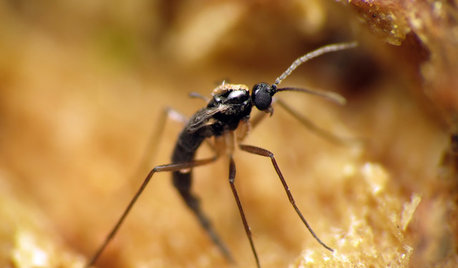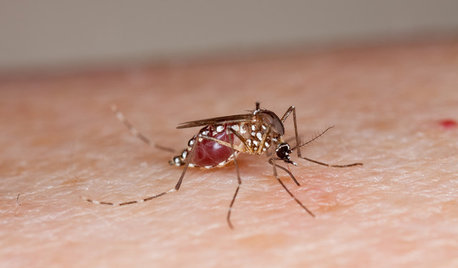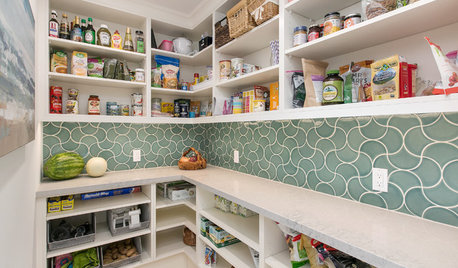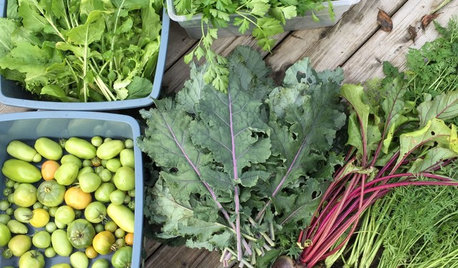How to get rid of “plant flies? “
Liza Chernov
2 years ago
Related Stories

MOST POPULARHow to Get Rid of Those Pesky Summer Fruit Flies
Learn what fruit flies are, how to prevent them and how to get rid of them in your home
Full Story
LIFEHow to Get Rid of Gnats Around the House
See swarming bugs in your plants or garden? Focus on the health of the soil and be naturally pest-free
Full Story
EDIBLE GARDENSNatural Ways to Get Rid of Weeds in Your Garden
Use these techniques to help prevent the spread of weeds and to learn about your soil
Full Story
GARDENING AND LANDSCAPING4 Good Ways to Get Rid of Mosquitos in Your Yard
Stay safe from West Nile virus and put an end to irksome itches with these tools and methods for a porch, patio or yard
Full Story
HEALTHY HOMEHow to Get Rid of Mosquitoes Indoors and Out
Follow these tips to keep your summer bite-free and healthy despite the uptick in mosquito-borne diseases
Full Story
DECLUTTERING7 Household Items to Get Rid of Right Now
Kick-start your January decluttering by clearing out these things around the house
Full Story
MOST POPULARHow to Get Rid of Household Mold
Find out how to work with a pro to stop mold from damaging your house and health — and how to prevent it from forming
Full Story
DECLUTTERINGDownsizing Help: How to Get Rid of Your Extra Stuff
Sell, consign, donate? We walk you through the options so you can sail through scaling down
Full Story
LIFEHow to Get Rid of Clothes Moths
Found holes in your favorite sweater? Read on to learn if clothes moths are to blame — and what to do about them
Full Story
FALL GARDENINGWhat to Do in Fall to Get Edible Gardens Set for Spring Planting
Tidy beds, enrich soil and protect your tools so that you’re ready to grow your own food come spring
Full Story




ken_adrian Adrian MI cold Z5
Jeb zone 5
Related Discussions
How do I get rid of this plague of compost flies?
Q
White Flies - can't get rid of them!
Q
How to get ride of White Flies on a Host Plant
Q
How to get rid of fruit flies
Q
ken_adrian Adrian MI cold Z5
popmama (Colorado, USDA z5)
Liza ChernovOriginal Author
ken_adrian Adrian MI cold Z5
Liza ChernovOriginal Author
tapla (mid-Michigan, USDA z5b-6a)
Jennifer
Tiffany, purpleinopp Z8b Opp, AL
tapla (mid-Michigan, USDA z5b-6a)
Patti Chicago Zone 5b/6a
Esther-B, Zone 7a